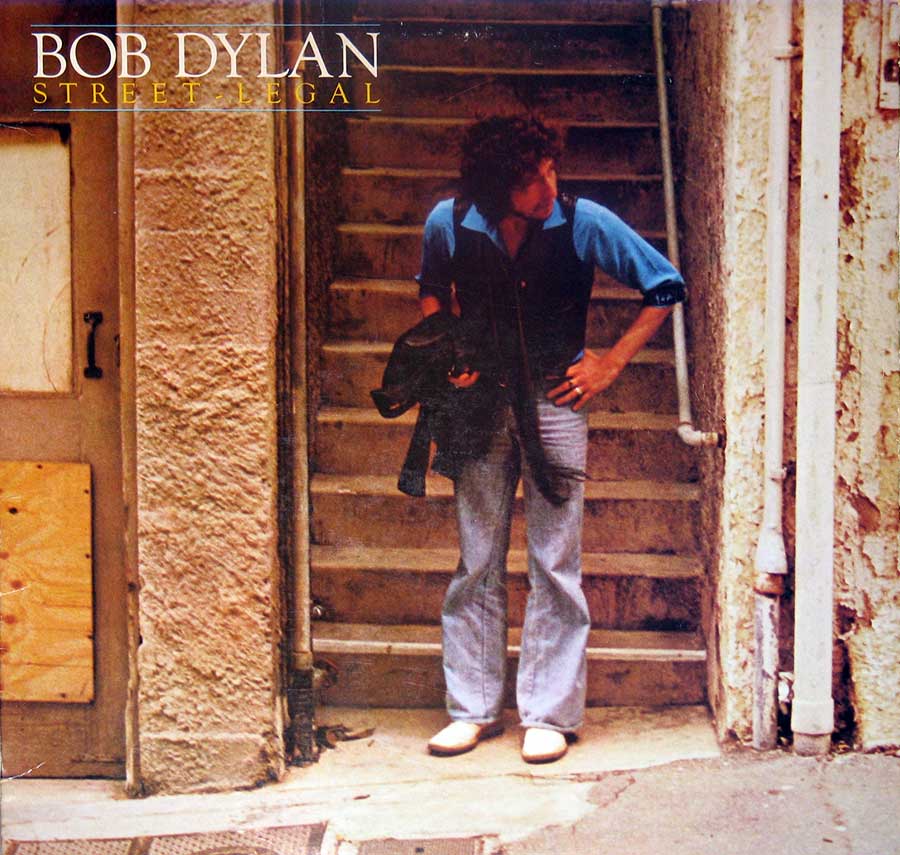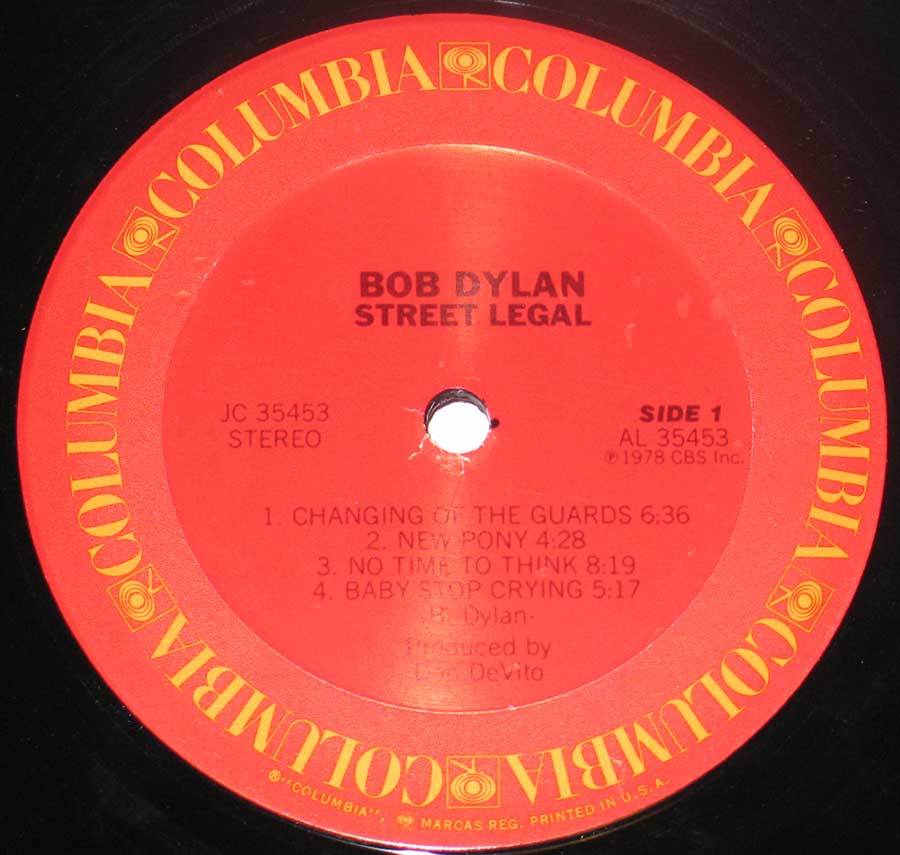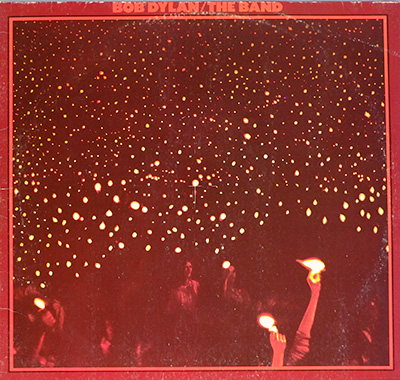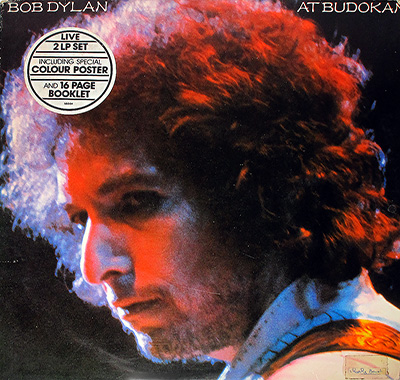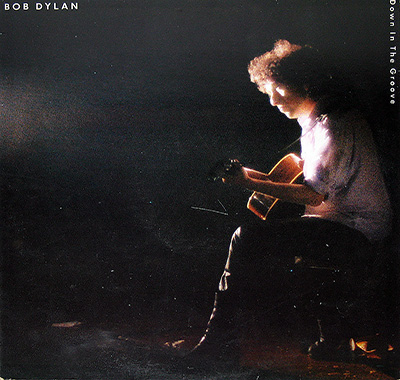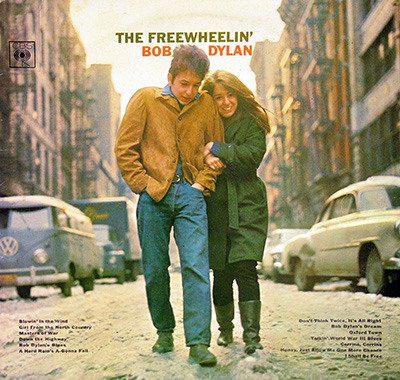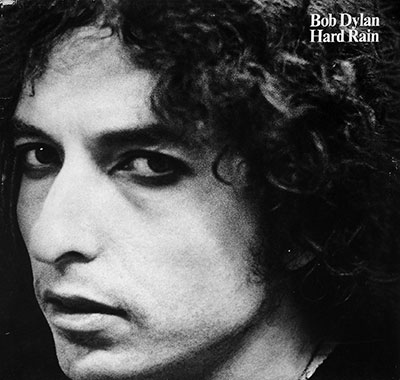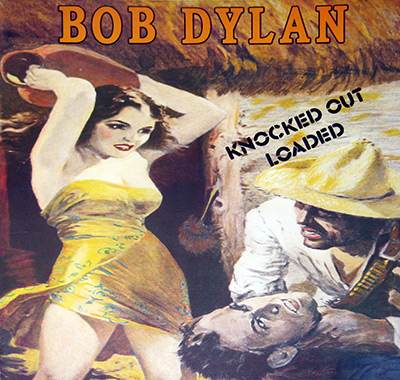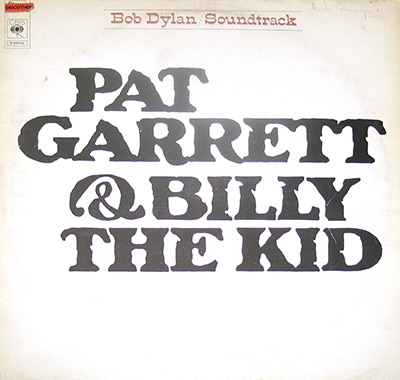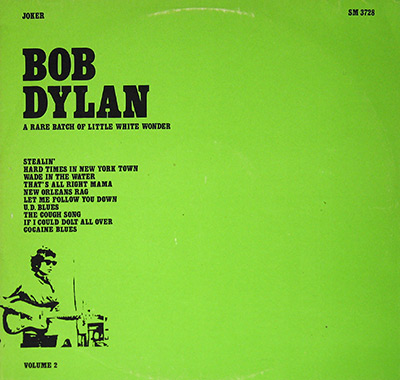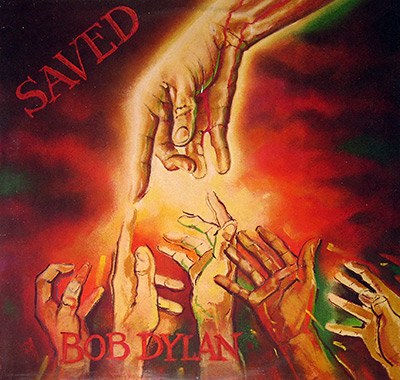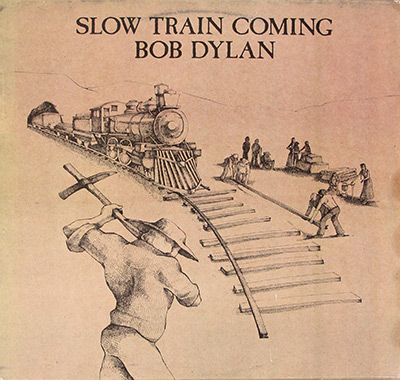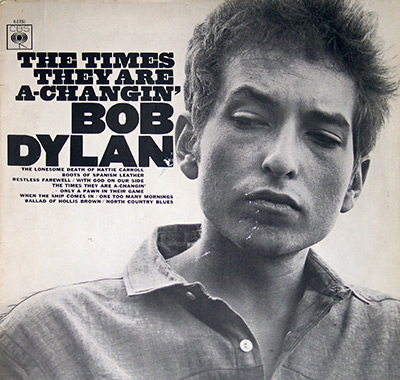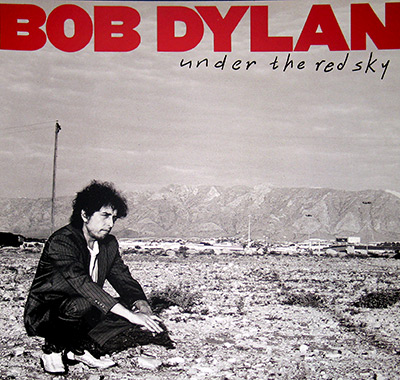Street Legal in Context: Bob Dylan's Rebirth in a Changing America
In 1978, Bob Dylan stood at a crossroads. After the rootsy comeback of Blood on the Tracks and the lush romanticism of Desire, "Street Legal" found Dylan confronting both personal disarray and cultural transition. Released amid America's post-Vietnam and pre-Reagan haze, this album captured an artist in flux, grappling with the spiritual and emotional residue of the 1970s.
Studio as Sanctuary: Rundown Sessions
Unlike his previous records, Street Legal was recorded in a space Dylan essentially built for himself. Rundown Studios, set in Santa Monica, California, offered both a creative refuge and a place for reinvention. The studio's informal, almost makeshift quality mirrored Dylan’s own emotional and spiritual uncertainty at the time. Despite being homegrown, Rundown’s sound was not lo-fi—thanks to Dylan’s ambition to orchestrate something grander than a folk album.
A New Sonic Canvas: Gospel Meets Big-Band Rock
Musically, Street Legal is as bold as it is divisive. Dylan abandoned stripped-down arrangements for a larger ensemble that included a horn section, gospel-style backing vocals, and electric piano. This pivot evoked the grandeur of Stax and Muscle Shoals but filtered through Dylan’s lyrical density. The album veers into pop-rock and soul-tinged territory, layered with complex arrangements far removed from his folk-rock legacy.
Tracks like "Changing of the Guards" and "No Time to Think" are labyrinthine in both structure and content, echoing the cryptic poetics of his mid-‘60s peak while draped in musical opulence. This was not Dylan chasing radio hits—it was Dylan searching for transformation.
Lyrical Density and Spiritual Tension
The songs often juxtapose deeply personal anguish with abstract prophecy. Dylan's marriage to Sara Lownds had collapsed, and his lyrics began absorbing a spiritual unease that would culminate in his evangelical period shortly after. "Is Your Love in Vain?" and "Where Are You Tonight? (Journey Through Dark Heat)" read like psalms of doubt, probing the sincerity of love, belief, and redemption.
Photographic Realism: The Visual Storytelling
The album’s artwork—photographed by Howard Alk and Joel Bernstein—complements the music's tonal ambiguity. A blurry, candid Dylan in a white suit walking through a darkened urban alley gestures at noir and New Testament alike. The grainy aesthetic avoids glamor, anchoring Dylan as a man adrift in the secular and sacred alike.
Production and Sonic Controversy
Much of the initial criticism aimed at Street Legal focused on its muddy mix and uneven engineering. The original USA version, including the one released under Columbia JC 35453, was pressed with a sound that many listeners found flat and lifeless. It wasn’t until later remasters—particularly in Europe—that the album’s depth and ambition were fully revealed.
Compared to the Netherlands release , which benefitted from a cleaner, brighter mix, the original US pressing lacked clarity in both vocals and instrumentation. This production discrepancy has fueled decades of debate over the album’s intended impact and underappreciated scale.
A Polarizing Pivot
Upon release, Street Legal polarized critics and fans. For some, it represented Dylan's most convoluted period; for others, it was a bold rejection of expectations. What is clear in hindsight is that the album served as a gateway to the trilogy of gospel albums that followed, beginning with Slow Train Coming. But even without that context, Street Legal stands as a daring, if flawed, statement of artistic restlessness and spiritual yearning—a troubled gospel written in rock ink.
